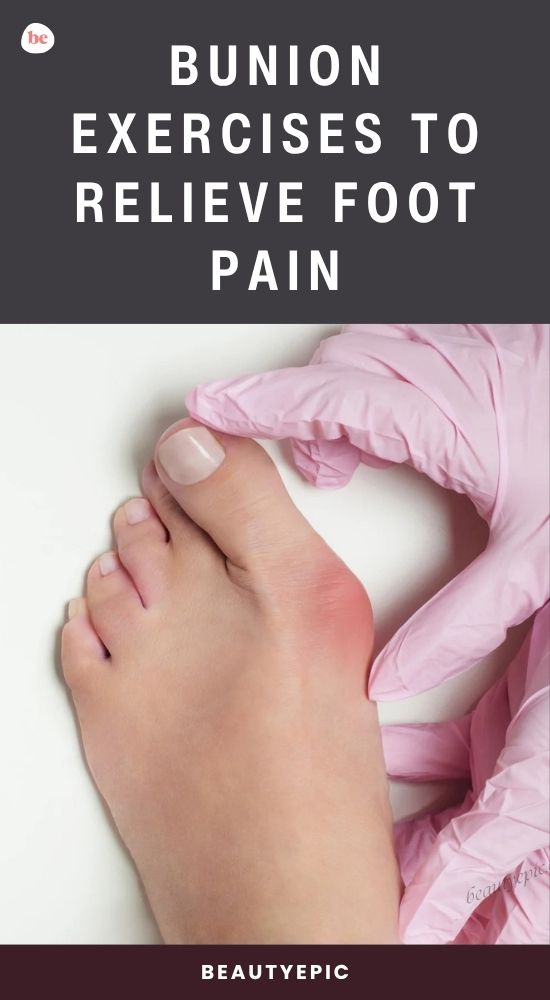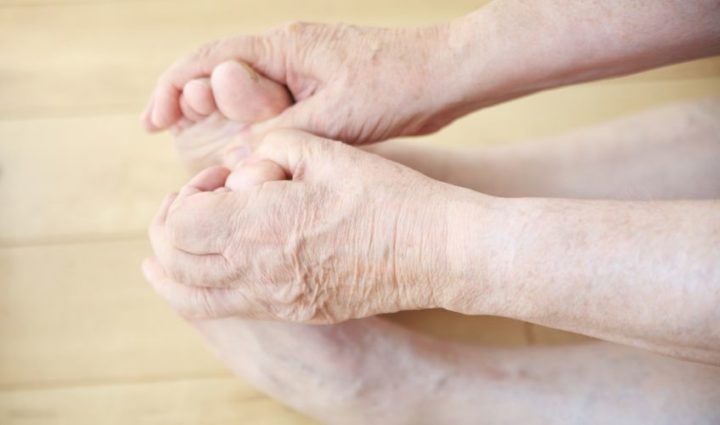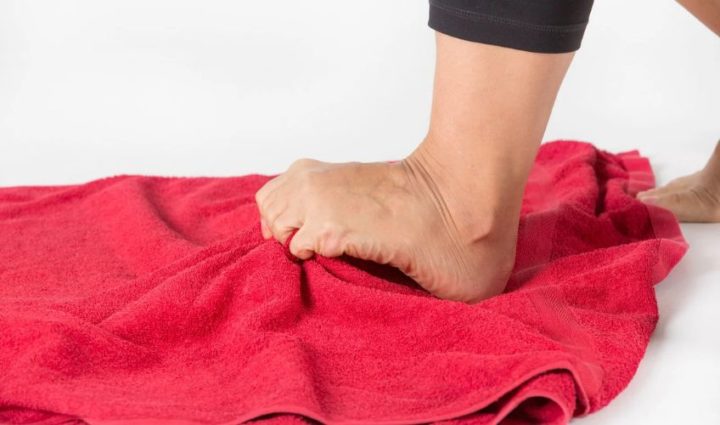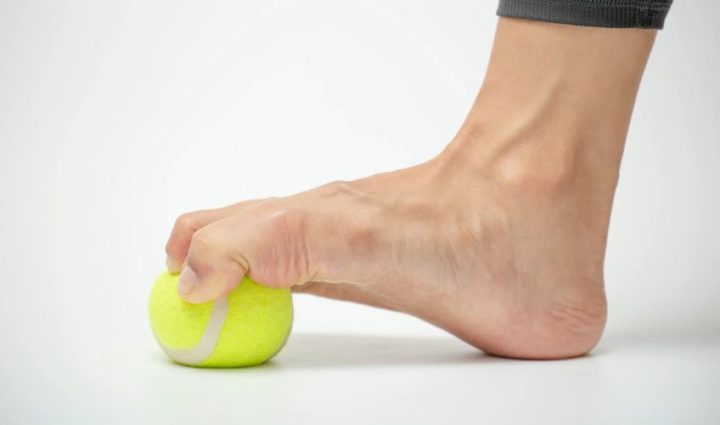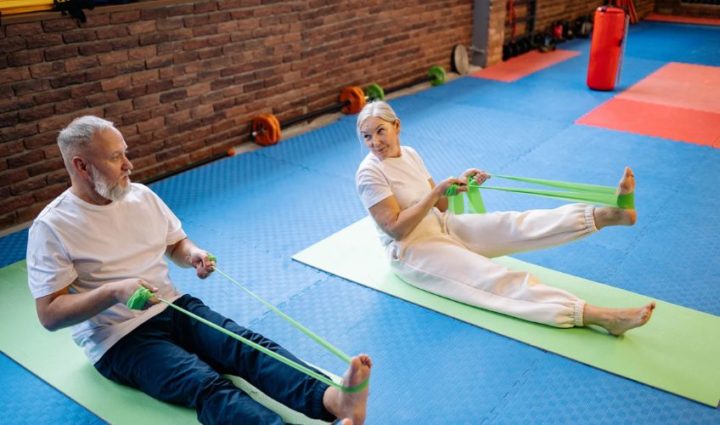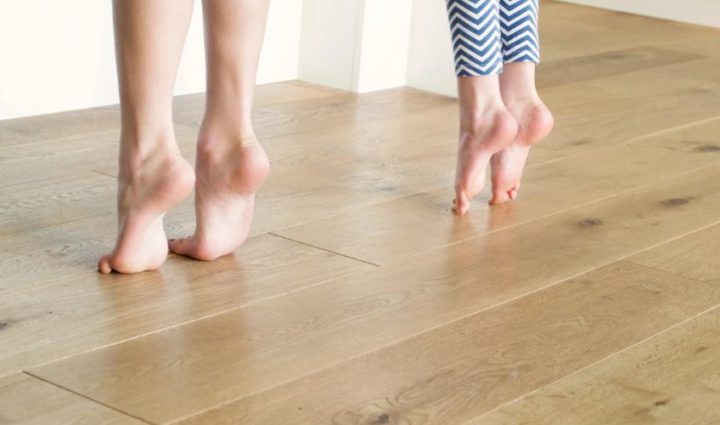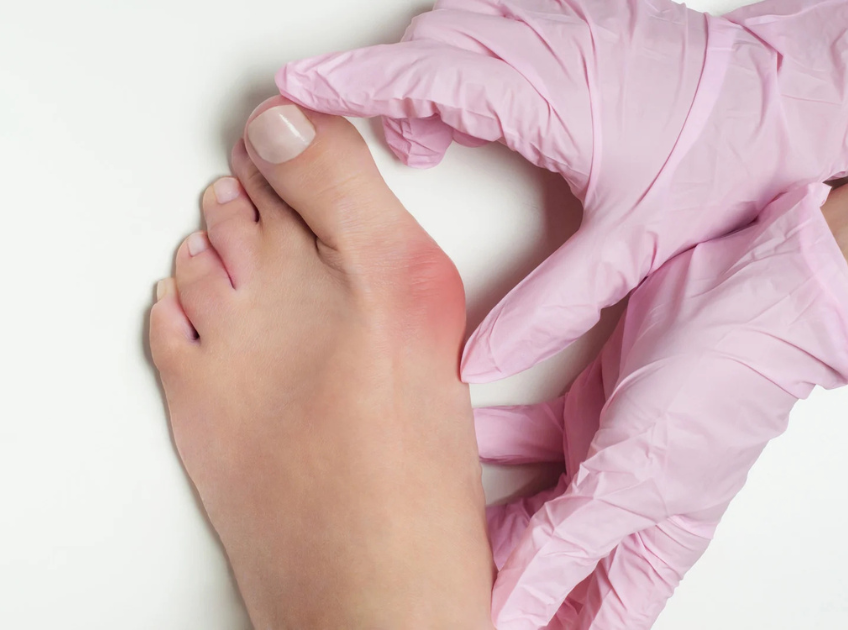
Important: This article is for informational purposes only. Please read our full disclaimer for more details.
Bunions (hallux valgus) are more than just a cosmetic concern—they can cause stiffness, swelling, and pain that interferes with daily activities. While surgery is sometimes necessary for severe cases, regular foot exercises can strengthen surrounding muscles, improve flexibility, and reduce discomfort. As a podiatrist-approved approach, these exercises not only relieve pain but may also help prevent bunions from worsening.
10 Bunion Exercises for Pain Relief and Prevention
1. Toe Stretches
- Step: Sit, place your foot flat, and gently pull your big toe outward into alignment. Hold for 10–15 seconds, release, and repeat 10 times.
- Benefit: Improves big toe flexibility and counters inward drift.
- Evidence: Stretching helps maintain joint mobility and reduce stiffness associated with hallux valgus progression.
2. Towel Scrunches
- Step: Place a towel under your foot. Use your toes to pull the towel toward you, then release. Repeat 10–15 times.
- Benefit: Strengthens the intrinsic muscles of the foot that support the arch and stabilize the bunion joint.
- Evidence: Strengthening intrinsic foot muscles has been shown to improve foot function and reduce symptoms in bunion patients (1).
3. Marble Pickup
- Step: Place 10–15 marbles on the floor. Pick them up one by one with your toes and place them in a bowl.
- Benefit: Enhances dexterity, strengthens the flexor muscles, and improves foot coordination.
- Evidence: Small-object pickup tasks are a proven way to activate and strengthen intrinsic foot muscles .
4. Toe Spreading (Toe-Spread-Out Exercise)
- Step: Spread all your toes as wide as possible, hold for 5–10 seconds, and repeat 10 times.
- Benefit: Retrains the toes to resist crowding, strengthens the abductor hallucis (muscle responsible for pulling the big toe outward).
- Evidence: A 2015 study by Kim et al. found that the toe-spread-out exercise significantly reduced the hallux valgus angle and improved muscle thickness in patients with mild-to-moderate bunions (2).
5. Resistance Band Toe Press
- Step: Loop a resistance band around the big toe. Anchor the band to a stable object. Press the big toe outward against the band, then return slowly. Perform 10–12 reps per foot.
- Benefit: Strengthens the muscles that hold the big toe in alignment, particularly the abductor hallucis.
- Evidence: Exercise programs targeting toe abduction combined with external support (like bands or toe separators) show better outcomes in pain reduction and bunion angle correction .
6. Heel Raises
- Step: Stand with feet hip-width apart. Slowly rise onto your toes, hold for 3 seconds, then lower. Repeat 15–20 times.
- Benefit: Strengthens calf and arch muscles, improving weight distribution across the foot.
- Evidence: Strengthening foot and calf musculature supports overall foot alignment and reduces pressure on bunions.
7. Ankle Circles
- Step: Sit with one leg extended. Slowly rotate the ankle clockwise 10 times, then counterclockwise 10 times.
- Benefit: Improves joint mobility, enhances circulation, and prevents stiffness post-exercise or post-surgery.
- Evidence: Joint mobility work is recommended in conservative hallux valgus management to maintain functional range of motion.
8. Big Toe Presses
- Step: Place your foot flat. Press your big toe into the ground while lifting the other toes, then reverse (lift big toe, press smaller toes down). Perform 10–12 reps.
- Benefit: Improves muscle coordination and strengthens stabilizing muscles around the bunion joint.
- Evidence: Controlled “toe yoga” exercises activate intrinsic muscles that support proper toe positioning .
9. Ball Roll
- Step: Roll a tennis or massage ball under your arch for 2–3 minutes. Cover the entire foot from heel to toes.
- Benefit: Relieves tension, boosts circulation, and reduces plantar fascia stiffness.
- Evidence: Myofascial release techniques like ball rolling support improved foot comfort and may ease bunion-associated pain.
10. Toe Yoga
- Step: With your foot flat, lift your big toe while keeping the others down, then switch. Repeat 10–15 times.
- Benefit: Builds neuromuscular control, balance, and strengthens both big toe abductors and small stabilizers.
- Evidence: Studies highlight that toe yoga improves intrinsic foot muscle activation, which helps slow bunion progression (3).
Recovery Moves: Postsurgery Bunion Exercises
If you’ve recently had bunion surgery, exercise plays a vital role in regaining mobility, preventing stiffness, and promoting proper healing. Always begin gently and follow your surgeon’s instructions. These exercises should not cause sharp pain—only mild stretching or pressure.
1. Ankle Pumps
- Sit or lie down with your leg extended.
- Point your toes away from you (like pressing on a gas pedal), then flex them back toward you.
- Perform this pumping motion slowly for 15–20 repetitions.
- Repeat 2–3 times per day.
Benefit: Encourages circulation, reduces swelling, and prevents blood clots during early recovery.
2. Toe Wiggles
- While sitting or lying down, gently wiggle your big toe and the smaller toes up and down.
- Start with small movements; even if you can only move them slightly, consistency matters.
- Aim for 10–15 wiggles per session, several times a day.
Benefit: Prevents stiffness in the toe joints and promotes nerve and muscle recovery.
3. Gentle Toe Pulls
- Use your fingers to very gently pull the big toe into a straightened position.
- Hold the stretch for 5 seconds and release.
- Perform 5–10 repetitions, 1–2 times daily.
Benefit: Maintains alignment and flexibility during the healing process.
4. Towel Slide
- Sit on a chair with a towel under your foot.
- Slowly slide your foot forward and back on the towel, keeping your heel down.
- Repeat 10–12 times.
Benefit: Promotes mobility in the forefoot while avoiding too much pressure.
5. Seated Calf Stretch
- Sit with your leg extended and loop a towel or resistance band around the ball of your foot.
- Gently pull the towel toward you while keeping your knee straight.
- Hold for 15–20 seconds, then relax. Repeat 3 times per leg.
Benefit: Keeps the Achilles tendon and calf muscles flexible, which reduces pressure on the healing bunion site.
6. Short Foot Exercise (when cleared by your surgeon)
- Sit with your foot flat on the ground.
- Without curling your toes, try to shorten your foot by drawing the ball of the foot closer to the heel.
- Hold for 5 seconds and release.
- Repeat 8–10 times.
Benefit: Strengthens the arch and stabilizes the foot, reducing the risk of bunion recurrence.
Other Remedies to Support Bunion Relief and Prevention
While exercises are a cornerstone of bunion management, combining them with simple lifestyle adjustments and supportive treatments can maximize comfort and prevent the bunion from worsening. Here are proven, podiatrist-recommended remedies you can try:
1. Choose the Right Footwear
- Select shoes with a wide toe box so your toes are not cramped.
- Avoid high heels and pointed shoes, as they increase pressure on the big toe joint.
- Look for cushioned soles and good arch support to reduce strain on your feet.
Tip: Shop for shoes in the evening, when feet are slightly swollen, to ensure the best fit.
2. Use Orthotic Inserts
- Over-the-counter insoles can provide arch support and redistribute pressure away from the bunion.
- Custom orthotics, prescribed by a podiatrist, may be more effective for severe bunions.
- Wearing orthotics regularly can reduce discomfort and slow bunion progression.
3. Apply Ice Packs for Swelling
- Place a cold pack or a bag of frozen peas wrapped in a towel over the bunion for 10–15 minutes.
- Repeat up to 2–3 times a day, especially after walking or standing for long periods.
- Cold therapy reduces inflammation, easing both pain and redness.
4. Use Bunion Pads or Splints
- Soft bunion pads (available at most pharmacies) cushion the bunion against shoe pressure.
- Night splints can help gently realign the toe during sleep.
- These aids don’t cure bunions but provide daily relief and help prevent irritation.
5. Maintain a Healthy Weight
- Excess body weight puts additional stress on the feet, worsening bunion discomfort.
- A balanced diet and regular low-impact exercise (like swimming, cycling, or yoga) can help manage weight while keeping pressure off the bunion joint.
6. Try Warm Foot Soaks
- Soak your feet in warm water with Epsom salt for 15–20 minutes.
- This relaxes muscles, reduces stiffness, and offers temporary pain relief.
- Adding a gentle foot massage afterward can further improve circulation.
7. Avoid Prolonged Standing
- If your job or routine requires standing for hours, take breaks to sit and stretch your feet.
- Alternating between sitting and standing helps reduce bunion stress and swelling.
When to See a Doctor for Bunions
While bunion exercises and home remedies can be very effective for mild to moderate discomfort, there are times when professional care is the safest and most effective option. Ignoring severe or worsening symptoms can lead to long-term joint damage and reduced mobility. Here are clear signs that it’s time to seek medical help:
1. Persistent or Severe Pain
If your bunion pain doesn’t improve with exercises, shoe changes, or over-the-counter remedies, it may signal that the joint is deteriorating. Constant or throbbing pain is a red flag that needs professional evaluation.
2. Rapid Worsening of the Bunion
A bunion that suddenly looks larger, becomes red, or shows increased swelling over a short period may indicate inflammation, joint changes, or even infection. This requires prompt medical attention.
3. Difficulty Walking or Wearing Shoes
If you struggle to walk comfortably, or you can’t find shoes that fit without pain, it may be time to consider medical interventions such as custom orthotics or, in more advanced cases, surgical correction.
4. Stiffness or Loss of Toe Movement
When your big toe becomes hard to move or feels locked in place, it could suggest joint damage or arthritis linked to the bunion. Early treatment helps preserve flexibility.
5. Post-Surgery Concerns
If you’ve had bunion surgery and notice unusual pain, redness, swelling, or discharge, contact your doctor immediately. These may be signs of infection or complications that require follow-up care.
6. Secondary Issues Developing
Sometimes, bunions can trigger other foot problems such as hammertoes, corns, calluses, or ingrown toenails due to the altered foot mechanics. A podiatrist can address both the bunion and these related issues to prevent further discomfort.
What a Doctor May Recommend
- X-rays to evaluate the severity of the bunion.
- Prescription orthotics for better foot alignment.
- Corticosteroid injections to reduce inflammation in painful cases.
- Surgical options (such as bunionectomy) if conservative methods no longer provide relief.
Bottom line: Don’t wait until the bunion severely limits your quality of life. Early professional care often prevents more invasive treatments down the road.
The Science Behind Bunion Exercises
Research suggests that targeted foot strengthening and stretching may slow bunion progression. A 2020 study in The Journal of Foot & Ankle Research found that exercise-based interventions improved foot function and reduced discomfort in mild-to-moderate cases (4). While not a cure, consistent exercise offers measurable benefits.
Frequently Asked Questions (FAQ’S)
Q1. Can bunion exercises fix a bunion completely?
A. No. Exercises won’t “reverse” a bunion but can slow progression, improve function, and reduce pain.
Q2. How often should I do bunion exercises?
A. Daily practice is best. Even 10–15 minutes a day can make a difference.
Q3. Do I still need surgery if I do these exercises?
A. Surgery is only required in severe or advanced cases. Exercises may delay or reduce the need for surgery.
Small Steps for Long-Term Relief
Bunion exercises are a low-cost, non-invasive way to manage pain and protect your feet. By combining strengthening moves, proper footwear, and medical guidance when needed, you can maintain mobility and keep bunion discomfort under control. Start small, stay consistent, and your feet will thank you.
